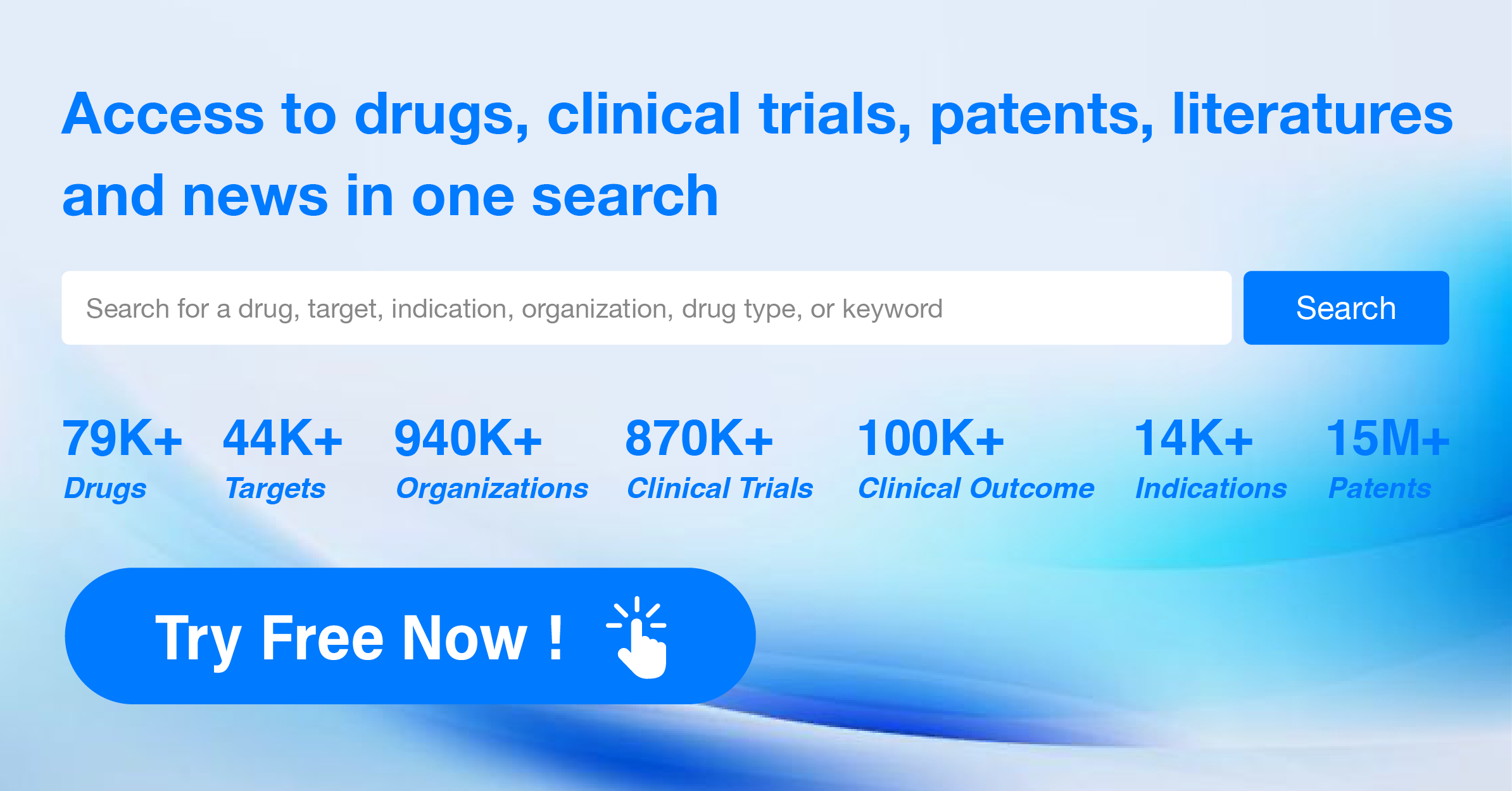What is site-directed mutagenesis?
Site-directed mutagenesis is a molecular biology technique that is used to make specific and intentional changes to the DNA sequence of a gene and any protein that it may encode. It is also known as site-specific mutagenesis or oligonucleotide-directed mutagenesis. This method involves usage of specific primers carrying the mutation that needs to be introduced into the DNA sequence. These primers are designed to hybridize to the template DNA at the site of the desired mutation. Polymerases used in this method can synthesize new strands of DNA containing the desired mutation from this starting point.
The method has been used to study the structure and function of different proteins and enzymes, by introducing specific mutations and observing the resulting changes in protein function. This has provided valuable insights into protein structure and function, and has helped in understanding the biological processes at the molecular and atomic level.
This method is also used in the production of proteins with improved or novel functions, and in the production of genetically modified organisms.
In regards to DNA sequencing, site-directed mutagenesis can be used to create specific DNA sequences with known mutations. These mutated sequences can then be compared to the normal, non-mutated sequence to help identify the specific effects of the mutation. Furthermore, site-directed mutagenesis can be used to create and study specific mutations that are suspected to be associated with certain diseases or conditions in humans. This can both increase our understanding of the disease and help to develop potential treatments.
Where traditional DNA sequencing provides the order of base pairs in a DNA sequence, site-directed mutagenesis can manipulate these sequences to study the functions of specific genes, helping scientists understand how changes in DNA lead to different protein creations and gene expressions. It's a powerful tool in genetic engineering and biotechnology.




